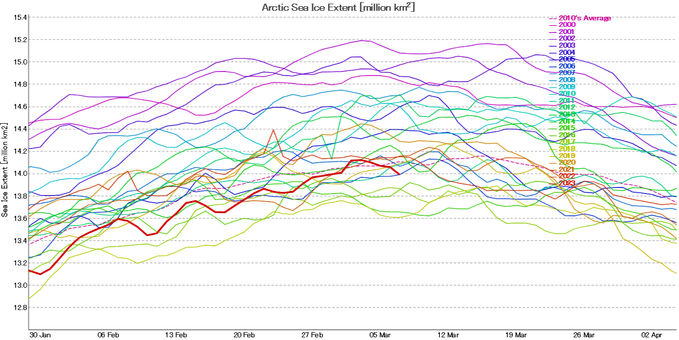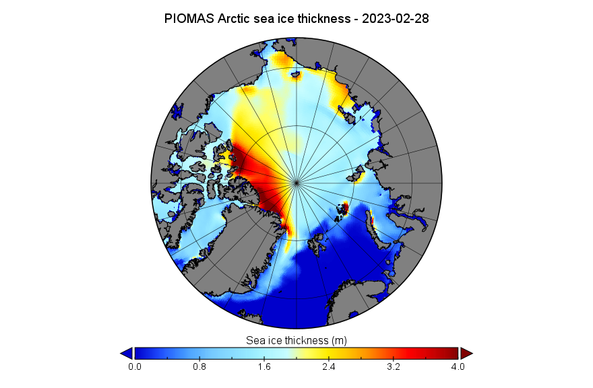Here's an end of 2023 comparison between the "modelled" #PIOMAS #Arctic #SeaIce volume metric, and the "measured" #CryoSat2/#SMOS equivalent:
https://GreatWhitecon.info/2024/01/facts-about-the-arctic-in-january-2024/
Plus the associated thickness maps:

